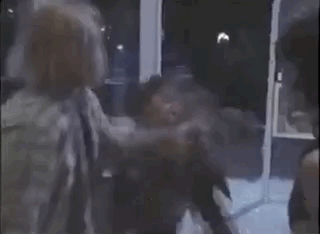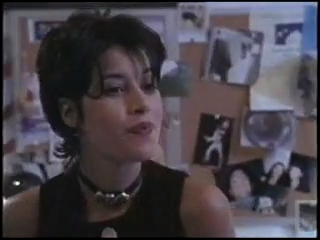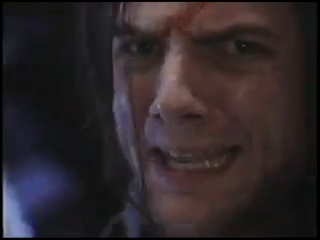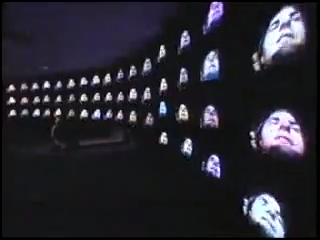Dead at 21 sits right at the fulcrum of MTV’s rise as a unique music industry powerhouse and its slope into scripted and reality basic cable normalcy. When the show premiered in 1994 the network had a healthy roster of not-music-video-related shows, but most of them were some form of comedy, game show, or animation. And The Real World. Dead at 21 was none of these things; instead it reflected a developmental gamble on a serious, serial, sci-fi storyline.

The series follows Ed, played by Jack Noseworthy, who learns on his twentieth birthday that he’s part of a government experiment to boost human brain power using cybernetics. The experiments give the subjects superhuman brain abilities, but it’s too much for their systems and they all die when they’re 21. Or beforehand, if they’re driven crazy by either the effects of the experiments or the knowledge of the experiments.

The pilot episode sets all of this up. Ed runs into bad girl Lisa Dean Ryan rummaging through his stuff at his twentieth birthday party…

… when a very young Adam Scott (!) bursts into the bedroom with an air of panic and a VHS. Scott’s followed by an agent with a gun. Ed and Maria (Ryan) escape the situation. Adam Scott doesn’t make it but don’t worry, we the viewers get to spend the next fifteen minutes with him.


Ed and Maria make their way to an electronics store where Ed plays the tape. Adam Scott shows up on every screen in the store in true music video fashion, changing costume, angles, and fast-cutting himself like a boss. Ed and Maria evade the agent as Scott’s download of the situation progresses, and by the end of the episode they’re escaped, on the run, and sending VHS tapes of their own to Ed’s family.

The rest of the series focuses on Ed’s attempts to find other Cybs, eluding the agents and in doing so, unravel the mystery. He gets pretty close and, without spoiling anything, has a pretty epic cliffhanger ending to the season…right before the show got cancelled. Guess we’ll never know exactly how it shook out.

There’s no mistaking what network this show ran on. A nearly-continuous bed of 1994’s top tracks plays beneath every scene of every episode, mostly focusing on grunge classics but occasionally branching out into grunge-adjacent electronica. The music combines with the costuming, camera angles, and video effects to build the perfect time capsule for 1994. MTV didn’t dabble much in drama after this, and it’s probably for the best; the network’s sweet spot was comedy and reality. Oh, and music.
Here are a couple of episodes.
-ds
